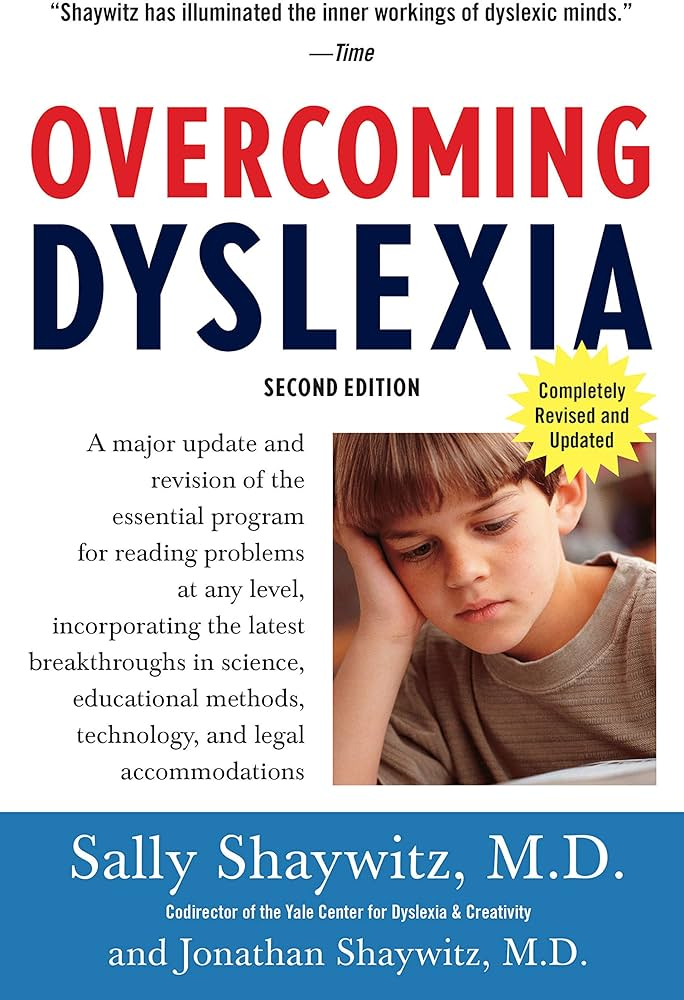Unlocking Literacy: A Dyslexia Exploration. Chapter 7 of Overcoming Dyslexia
- Josh Morgan

- May 14, 2024
- 2 min read
Today, let's embark on an exhilarating journey into the inner workings of the reading brain, as illuminated by Chapter 7 of "Overcoming Dyslexia." As I progress in my coursework to become a Dyslexia Specialist or CALT, I am thrilled to share with you the transformative insights gleaned from this chapter.
Chapter 7: The Working Brain Reads
Revolutionizing Imaging Techniques: Peering into the Brain's Workings
Pages 68 to 70 unveil the revolutionary strides made in imaging technology, allowing us to peer into the intricacies of the reading brain with unprecedented clarity. Through functional MRI scans, researchers can observe the neural pathways activated during reading tasks, shedding light on the underlying processes of phonological analysis and comprehension. Even children as young as six years old can participate in these groundbreaking studies, paving the way for early intervention and support for dyslexic learners.
Mapping the Brain's Landscape: Understanding Neurological Organization
On pages 71 to 72, we delve into the intricate architecture of the brain, divided into two mirror-image hemispheres—right and left. Traditionally, the left hemisphere has been associated with language processing, while the right hemisphere plays a complementary role in certain aspects of linguistic comprehension. The corpus callosum, a vital bridge between the hemispheres, facilitates communication and integration of information, underscoring the brain's remarkable capacity for interconnectedness.
Unveiling Sex Differences: Exploring Brain Organization for Language
Page 73 unveils a groundbreaking discovery—the first visible sex difference demonstrated in the brain's organization for language. While men typically activate the left inferior frontal gyrus during language tasks, women exhibit bilateral activation, involving both the right and left hemispheres. This nuanced understanding of brain organization underscores the importance of personalized approaches to reading instruction, tailored to individual learners' neurological profiles.
The Reading Circuitry: Unraveling the Pathways to Literacy
As we journey through pages 74 to 76, we unravel the intricate pathways of the reading brain, encompassing regions in the back and front of the left hemisphere. Skilled readers activate highly interconnected neurosystems, spanning the posterior and anterior reading systems, dedicated to processing visual features and semantic meaning. The occipital temporal (OT) region emerges as the express pathway to reading fluency, facilitating rapid word recognition and comprehension.
Empowering Action: Championing Inclusive Literacy Instruction
Armed with these profound insights, we are empowered to champion inclusive literacy instruction that honors the diverse neurological profiles of all learners, including those with dyslexia. Let us leverage this knowledge to inform our teaching practices, creating dynamic learning environments where every student can thrive.
Call to Action:
Educators: Embrace personalized approaches to literacy instruction, incorporating multisensory strategies and accommodating diverse learning styles.
Families: Advocate for dyslexia awareness and support within your communities, fostering empathy and understanding for neurodiverse learners.
Advocates: Amplify dyslexia narratives and advocate for policies that prioritize inclusive literacy education for all students.
Together, let us embark on a journey of discovery and empowerment, as we unravel the mysteries of the reading brain and pave the way for a brighter future of literacy for all.






Comments